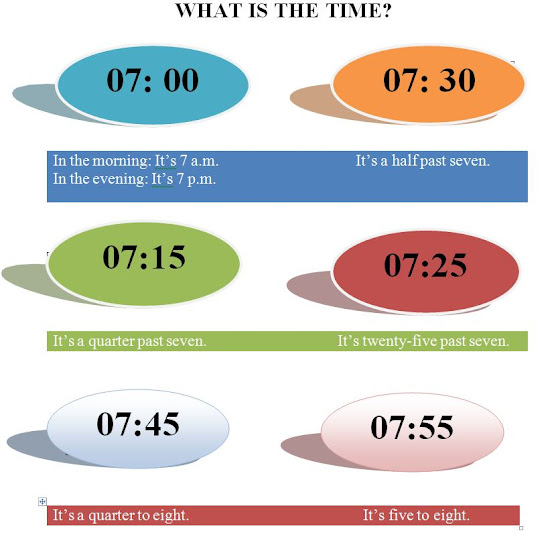Here are a few tips for learning to describe the weather in English:
Learn vocabulary: Start by learning vocabulary related to the weather, such as "sunny," "cloudy," "rainy," "windy," "snowy," and "foggy." You can also learn adjectives to describe the temperature, such as "hot," "warm," "cool," and "cold."
Practice using basic sentence structures: Once you have learned some basic vocabulary, try using it to describe the weather in simple sentences. For example, "It's sunny today," "It's cloudy and cold," or "It's hot and humid."
Use weather expressions: There are many expressions and idioms in English that are used to describe the weather. For example, "It's raining cats and dogs" means it's raining heavily, and "It's as hot as an oven" means it's very hot. Practice using these expressions to add variety and color to your descriptions.
Use the present continuous tense: The present continuous tense is often used to describe the weather because it is a temporary condition. For example, "It's raining," "It's snowing," or "It's thundering." Practice using this tense to describe the weather in the present.
Practice with real-life examples: To get a feel for describing the weather in English, try looking at the forecast for your location and practice describing the weather using the vocabulary and expressions you have learned. You can also try asking native speakers how the weather is where they are to get more practice.
Remember to be consistent in your practice and seek out opportunities to use your weather vocabulary in real-life situations to help you improve your skills.
Hot, great,
foggy, sunny, dry, lovely, rainy, frosty, terrible, cold, dark,
icy, windy, warm, calm, snowy, cloudy, wet, unpleasant, breezy, humid, cool, changing,
cloudless.
|
|||
Winter
|
Spring
|
Summer
|
Autumn
|





